Abaqus composite modeling tutorial
Composite materials are among the most widely used materials in various industrial, aerospace and automotive industries. These days, due to their low weight and high strength, these materials are very popular and are becoming more and more popular. These materials are made up of two or more components and differ in different ways in terms of type and composition. The methods of modeling these materials are in two ways: micro and macro, which vary according to the type of material selected and how they are used. According to the choice of modeling method and composite type, the equations governing the composite material are determined. Abaqus composite modeling, and Abaqus composite analysis or Abaqus composite layup are discussed here in this package based on micro and macro methods.
This training package provides comprehensive information on the points mentioned and the prerequisites for professional composite modeling in ABAQUS software in accordance with subsequent packages.
Workshop 1: Woven composite modeling in Abaqus
woven composites are net-shaped composite structures that are fully interconnected by their yarns. Like a piece of cloth, the yarns are weaved together as warp and weft to create a 3D composite structure. In this workshop, the woven composite is created by a software called TexGen. After exporting the Abaqus file from it, the woven model will be imported into the Abaqus. The material properties and boundary conditions will be defined, and the analysis type will be Explicit. In the end, the results will be discussed.
workshop 2: Unidirectional multilayered composite plate
Workshop 3: RVE modeling
In this workshop, first, we model a simple RVE in the Part module. The RVE stands for representative volume element, which means the smallest volume that could represent the whole volume properties. With this method, you can simulate the smallest portion of the model instead of the whole model. Next, we define the material properties of the matrix and fibers. The matrix has elastic and plastic behavior, while the fibers have only elastic behavior. In this Abaqus composite modeling, we assume that the matrix and the fibers won’t be separated from each other; in other words, the applied force on the model is not that much to fail the model or make the matrix and fibers separated. The analysis type is Static, and after defining boundary conditions and meshing the model, the simulation will be submitted.
In macro modeling, instead of separately modeling the components of the composite, the results of the laboratory as well as the existing theories suggest that the properties of the composite are introduced to the ABAQUS software in various ways.
It would be useful to see Abaqus Documentation to understand how it would be hard to start an Abaqus simulation without any Abaqus tutorial. If you are working on Abaqus composite damage and need some resources about composite FEM simulation, click on the abaqus composite tutorial page to get more than 20 hours of video training packages of composite materials simulation.
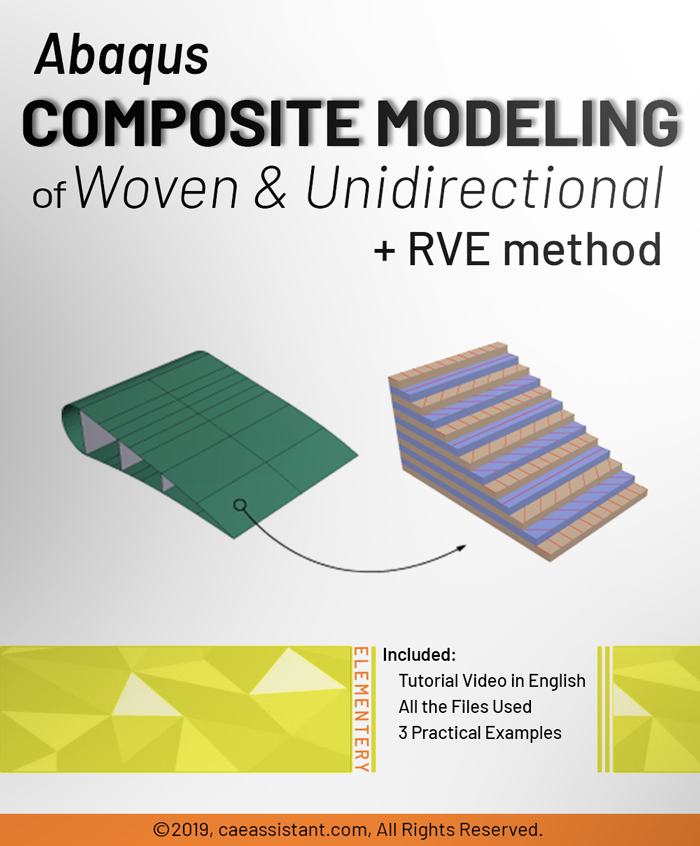
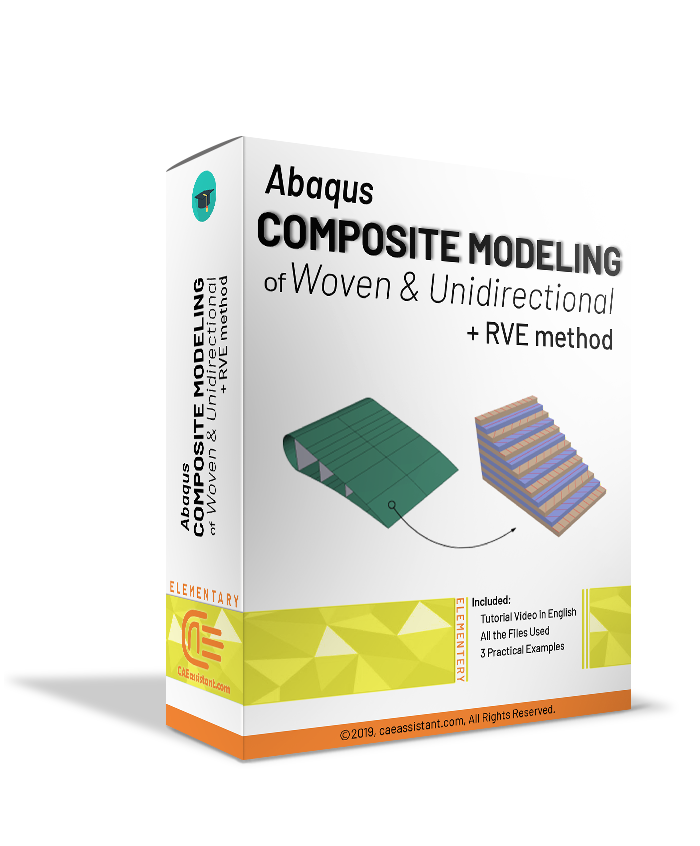
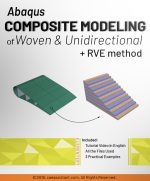
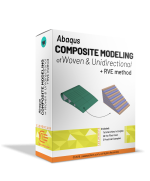
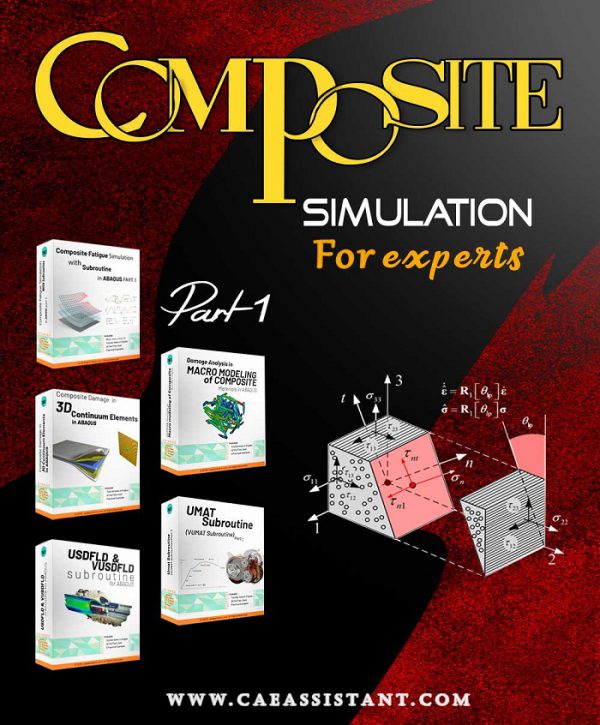
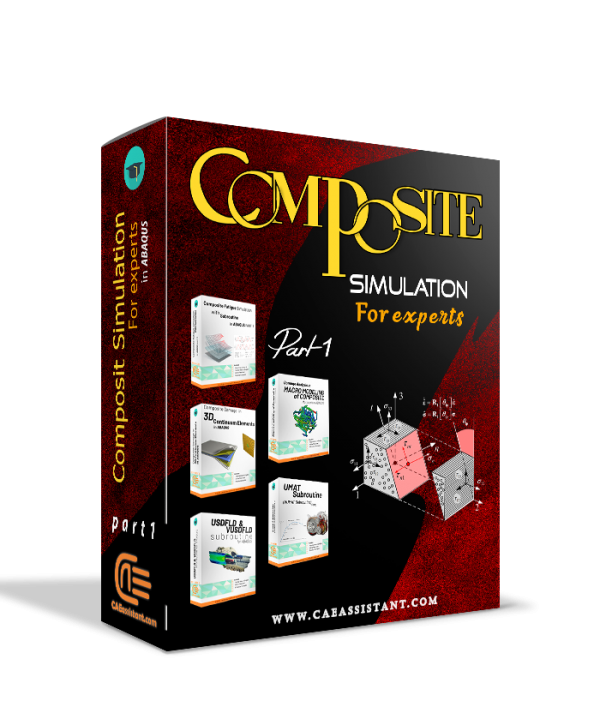
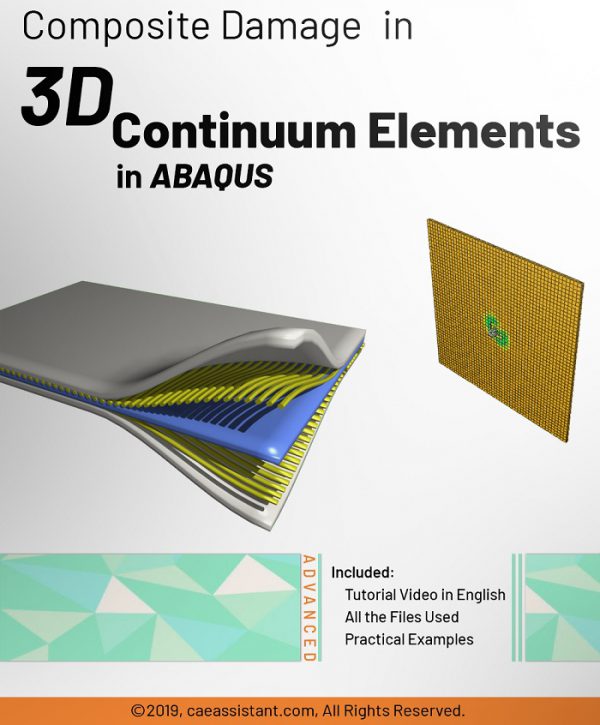
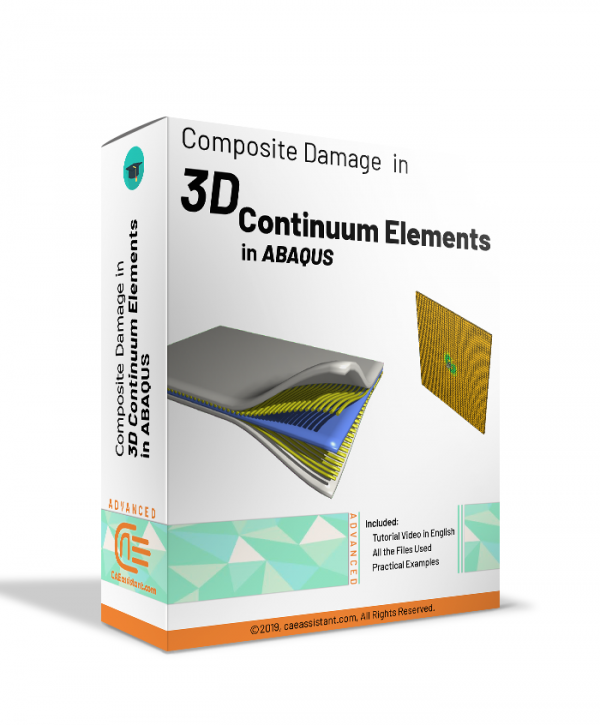
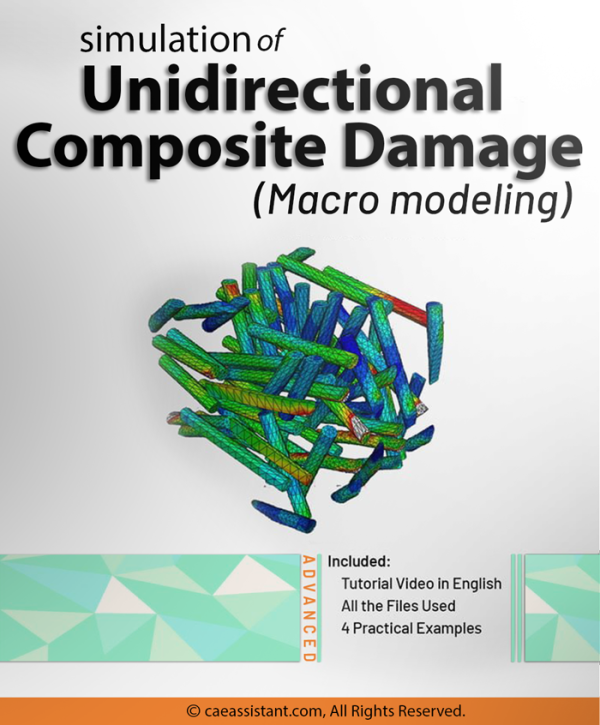
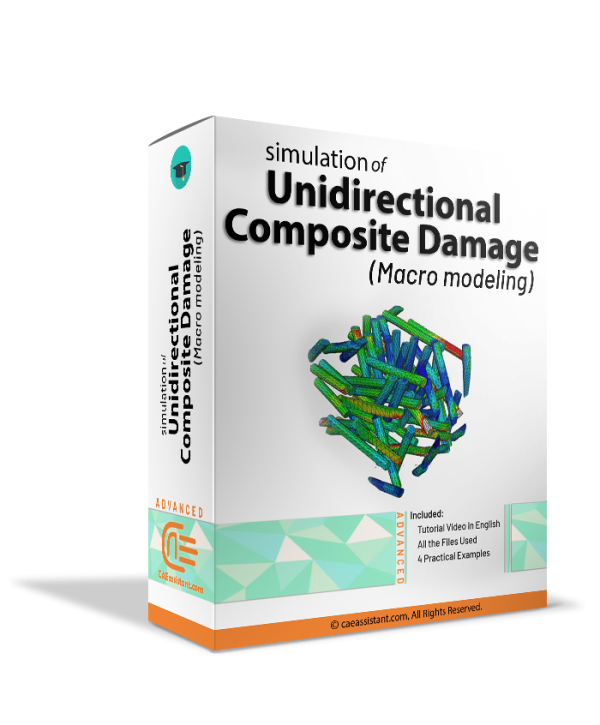
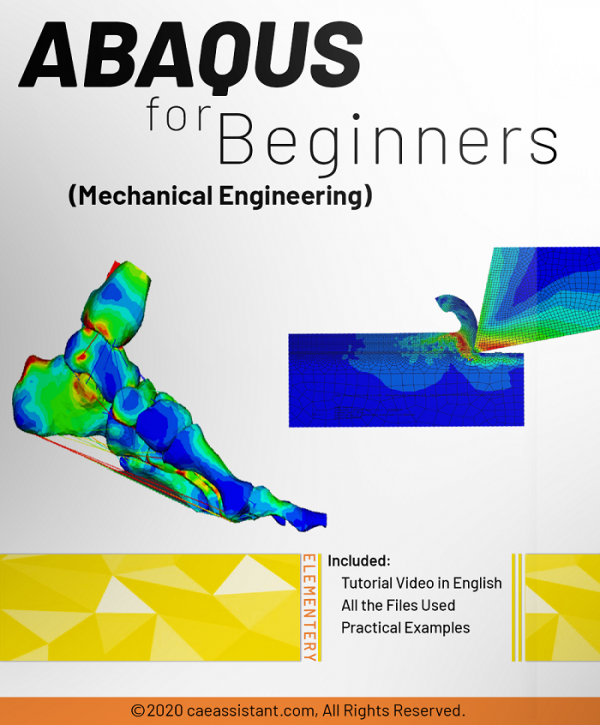
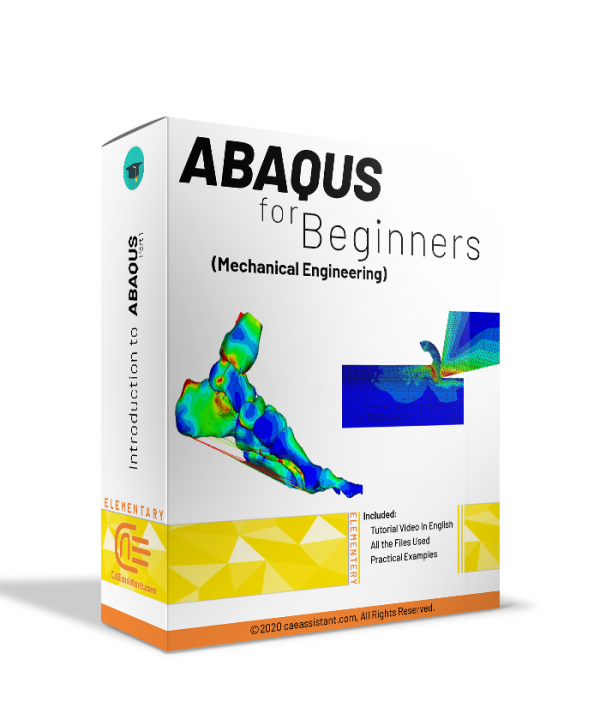
SimFEM –
Good quality.